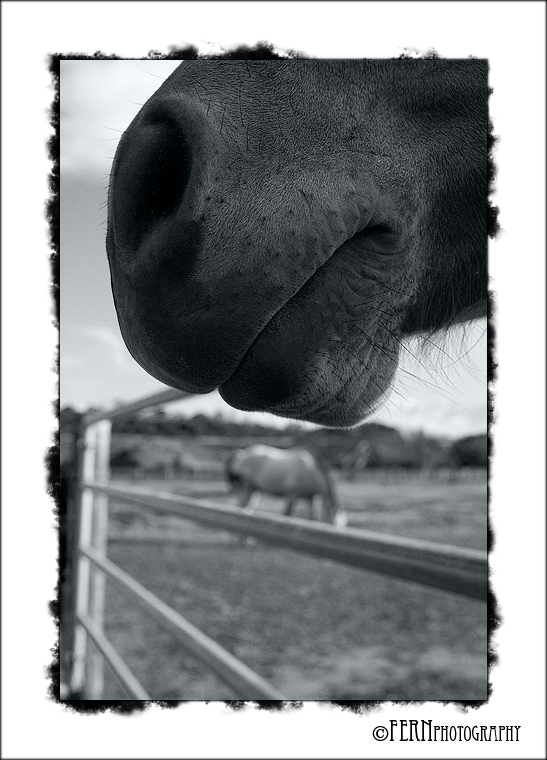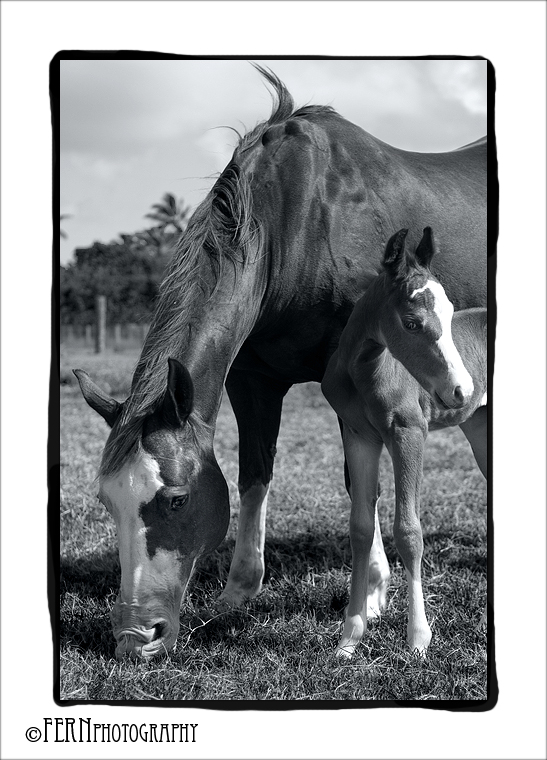Can they really be achieved, or is film the way to go?
I've recently been going through a Black and White phase in my editing but am never thoroughly satisfied with the results. They just don't look the same as when I was in my intro photo classes and got to shoot film, develop, and print traditionally. There seems to be a very different feel between Black and white from film and black and white born digital. I shoot everything color so that I capture everything in the scene and have the option to do BW in editing should I decide to try it out. I was told this was the way to go, instead of simply choosing the BW option in camera.
I feel like BW film has a tendency to compress broad ranges of tones into a few shades from black to grey, whereas digital edits to BW have a greater range causing them to to look less dramatic. AM I right in thinking this?
Examples of my edits (sorry I dont have any scanned film):


I've recently been going through a Black and White phase in my editing but am never thoroughly satisfied with the results. They just don't look the same as when I was in my intro photo classes and got to shoot film, develop, and print traditionally. There seems to be a very different feel between Black and white from film and black and white born digital. I shoot everything color so that I capture everything in the scene and have the option to do BW in editing should I decide to try it out. I was told this was the way to go, instead of simply choosing the BW option in camera.
I feel like BW film has a tendency to compress broad ranges of tones into a few shades from black to grey, whereas digital edits to BW have a greater range causing them to to look less dramatic. AM I right in thinking this?
Examples of my edits (sorry I dont have any scanned film):






